Welcome to a warm world of wonder—right here in the land of fire and ice! Iceland's geothermal energy isn't just a buzzword; it's the pulsing heart beneath our feet, powering our homes and warming our pools with the Earth's own embrace.
Did you know that a staggering 90% of Icelandic homes bask in the comfort of geothermal heating? That's right! In this article, we'll dive into Iceland's unique geothermal resources, unravel the secrets of this steamy powerhouse, and explore just how significant this green giant is to the spirited land of Iceland.
Buckle up; it's going to be a geothermally charged ride!
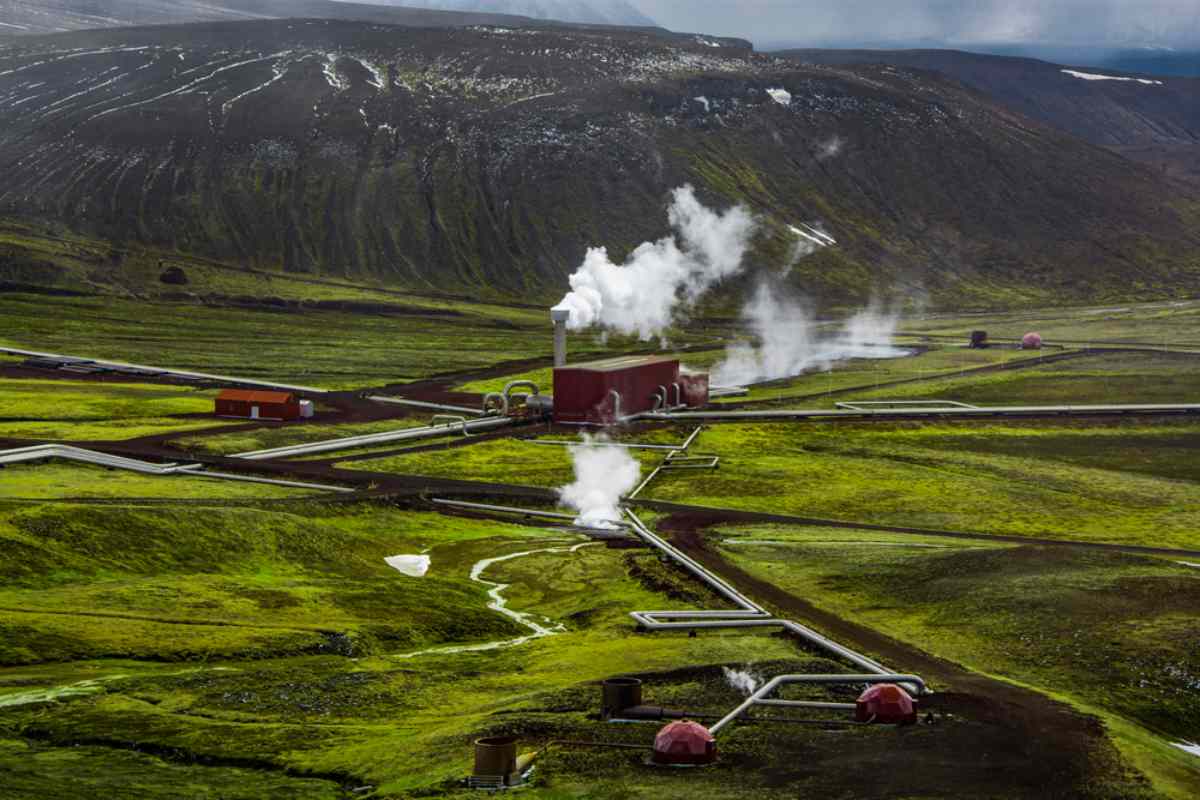
The Power of Iceland's Geothermal Energy
Iceland's mastery of the molten marvels below has turned geothermal energy into a national treasure. How has Iceland used geothermal energy, you ask? With gusto and ingenuity!
This renewable resource contributes a whopping 27% of the nation's total energy production.
It's like tapping into Earth's inner power plant, which never clocks out. The environmental perks? Oh, they're as clear as the Icelandic sky—massive reductions in greenhouse gas emissions, making the air as clean as the energy.
Economically, it's a jackpot, slashing energy bills and fuel imports, keeping those hard-earned krónas (Iceland's currency) in Icelanders' pockets. Truly, geothermal energy is Iceland's unsung hero, both a guardian of nature and a boon for the wallet.
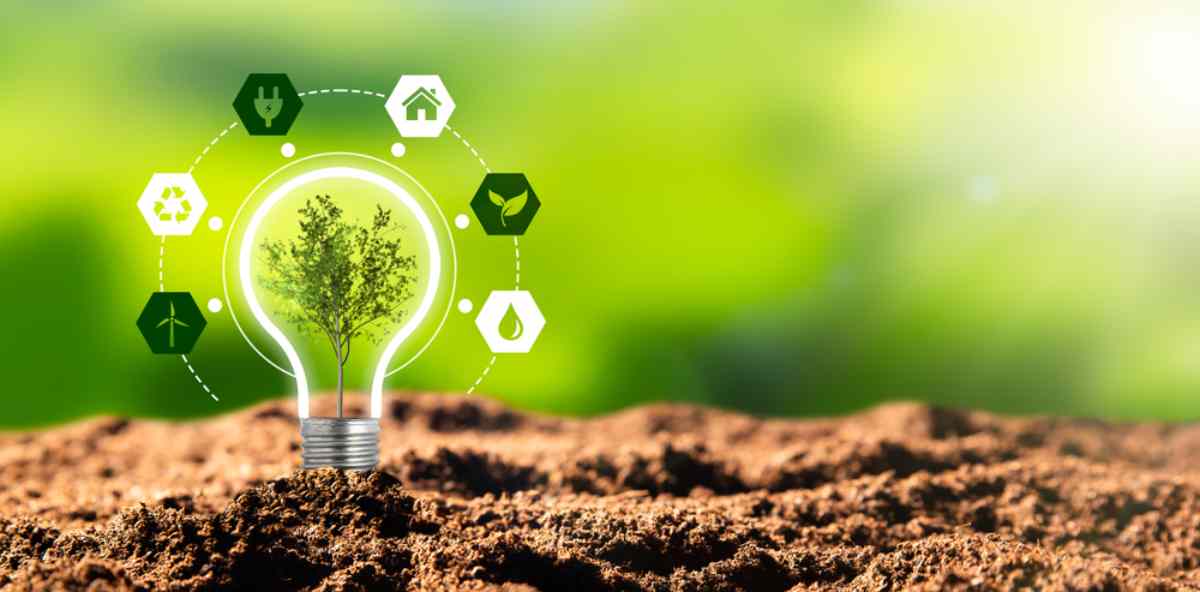
What is Geothermal Energy?
At its core, geothermal energy in Iceland is the superhero of renewables, sourced straight from Earth's fiery heart. It's harnessed by tapping into the geothermal reservoirs, where water heated by the planet's internal heat is brought to the surface.
Whether it's for radiating warmth through homes or generating electricity, Iceland has it down to a science. The water, superheated by volcanic activity, spins turbines as it escapes with a roar, turning thermal energy into electric power.
It's a seamless dance of nature and technology, where steam's natural might meets human ingenuity, all to light up lives and keep toes toasty.
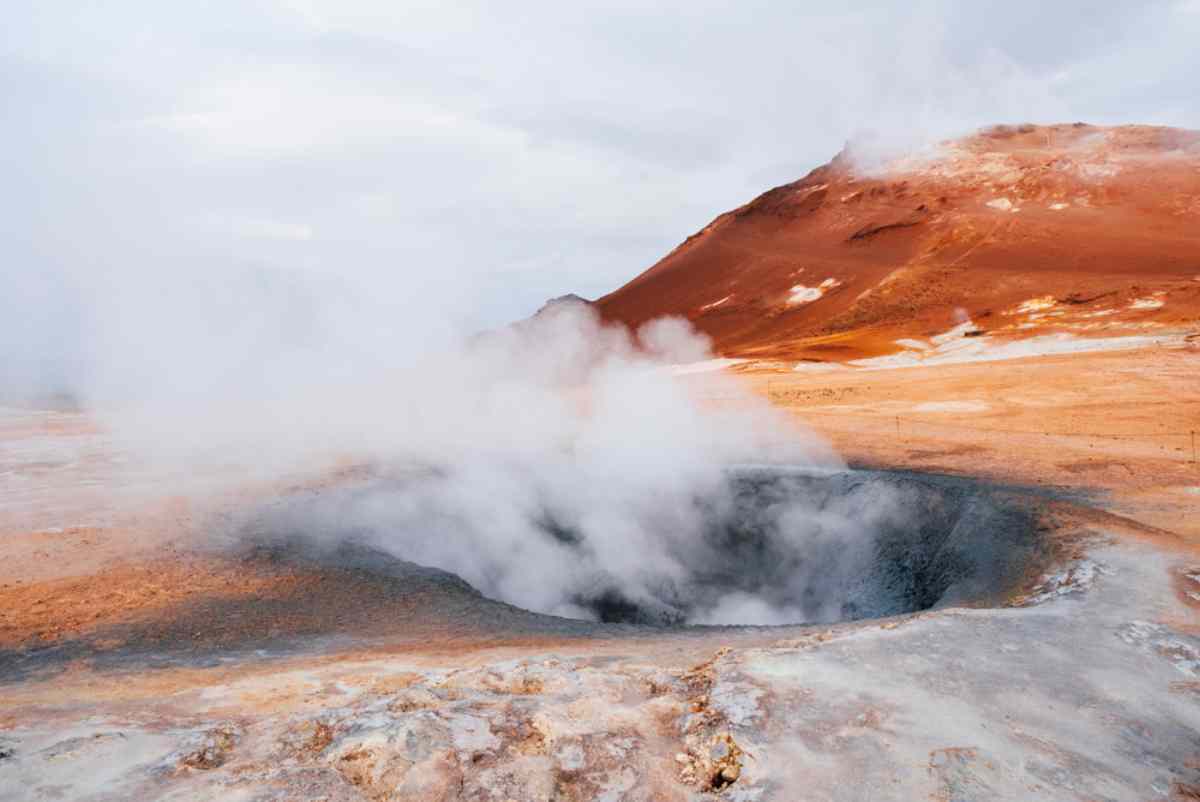
How Does Iceland Use Geothermal Energy?
Iceland's geothermal energy isn't just a part of the landscape; it's a vital player in the daily life of both city dwellers and countryside settlers.
In the urban buzz of Reykjavik, geothermal energy hums through the power grid, lighting up the cityscape and powering everything from the smallest coffee shop to the grandest museum. Venture out into the serene rural areas, and you'll find geothermal energy-heating greenhouses that burst with fresh produce all year round.
It's the same energy that keeps the outdoor swimming pools in even the most remote villages invitingly warm despite the nipping Icelandic air. From household heating to generating electricity, geothermal energy is Iceland's warm embrace against the cold.
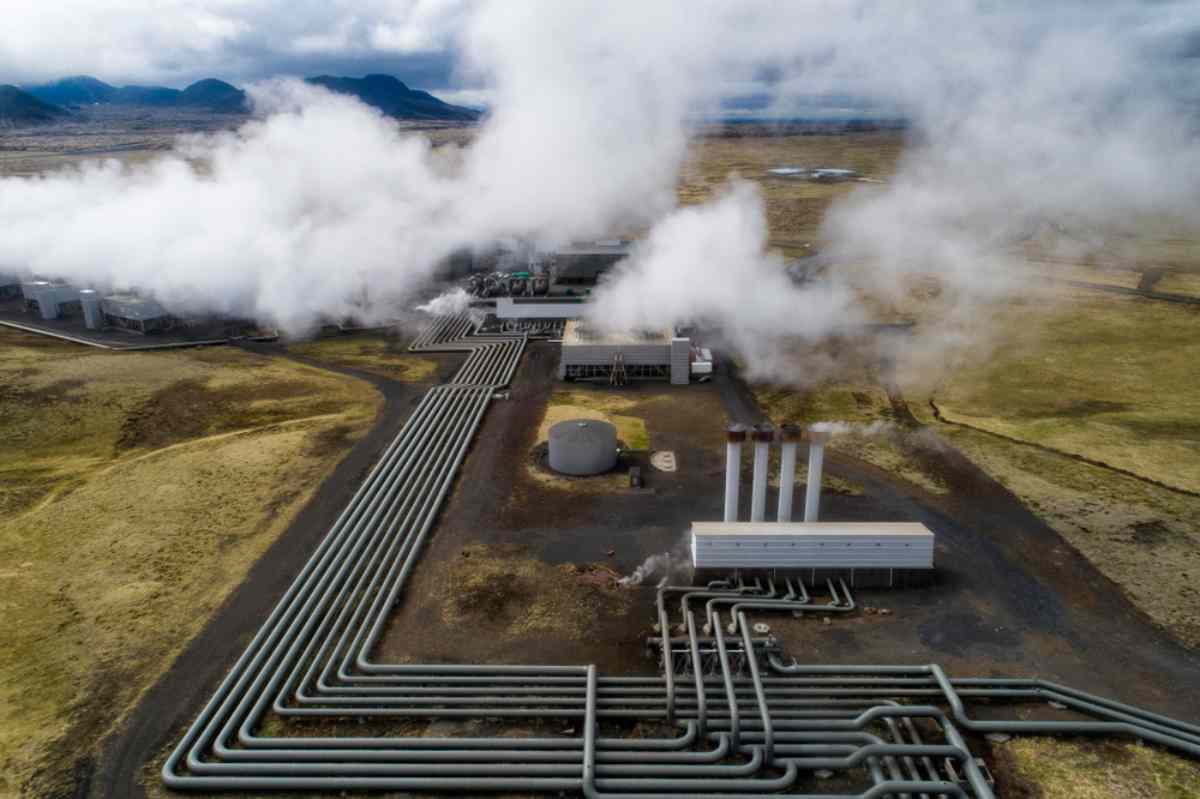
The Role of Iceland's Geothermal Energy in Sustainability
In the quest for a greener tomorrow, geothermal energy in Iceland stands as a towering beacon of sustainability. It's the force behind Iceland's ambitious goals to live harmoniously with nature, offering a blueprint for a sustainable future.
By harnessing the steamy veins of the Earth, Iceland has dramatically shrunk its carbon footprint, stepping lightly where others tread heavily. This renewable powerhouse has also slashed the nation's thirst for imported fossil fuels, fostering an energy independence that's as robust as it is green.
It's a clear testament to the world: sustainability isn't just a dream; in Iceland, thanks to geothermal energy, it's a living, breathing reality.
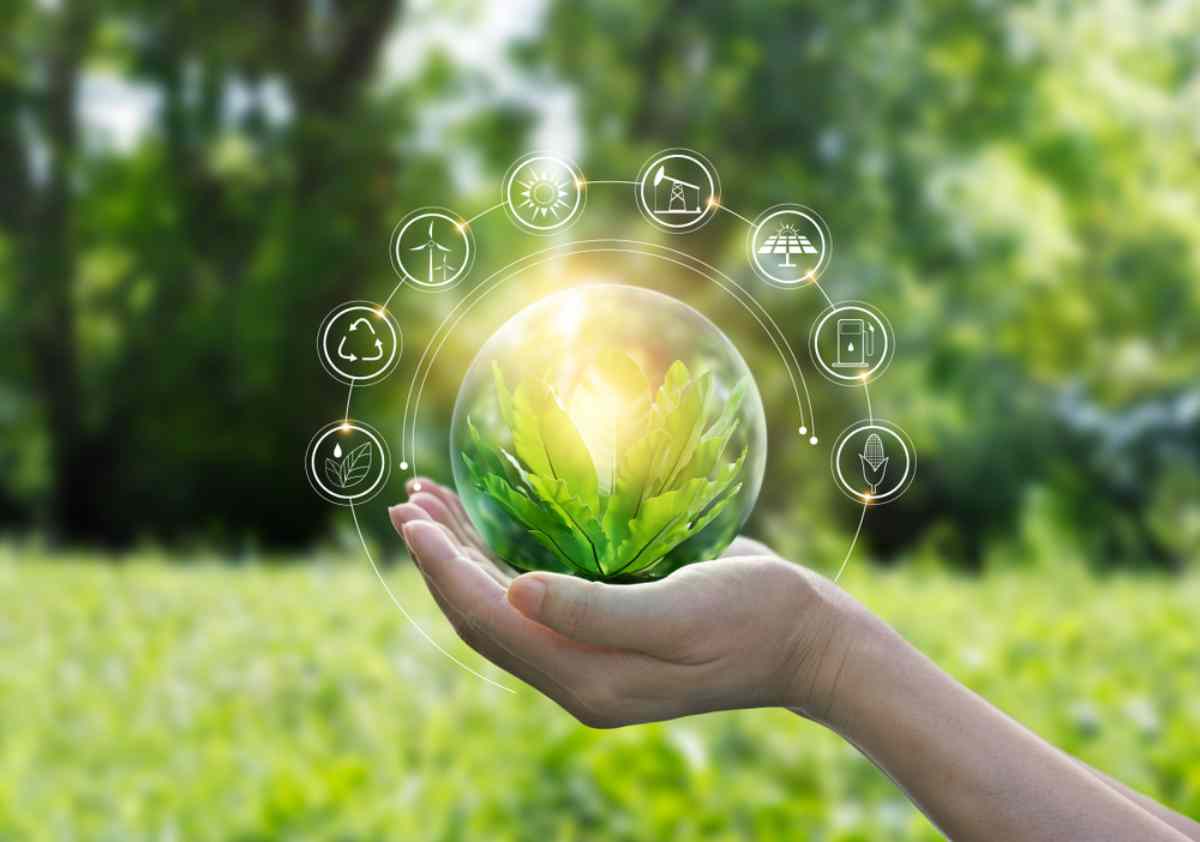
Why Does Iceland Use Geothermal Energy?
Geothermal Iceland is a tale as old as time, where the land's saga intertwines with the steam rising from its soul. The history of this island is richly intertwined with the utilization of geothermal energy, a tradition that dates back to the arrival of the first Viking ships.
These intrepid explorers harnessed the power of hot springs not only for warmth but also for their survival. Fast forward to today, and the geographical lottery ticket Iceland has drawn—with its volcanic legacy and tectonic tales—makes geothermal energy not just an option but an obvious choice.
The land is riddled with hot spots begging to be tapped, and Iceland, with its innovative spirit, has harnessed these natural boilers, turning geological fortune into a renewable feast for the nation.
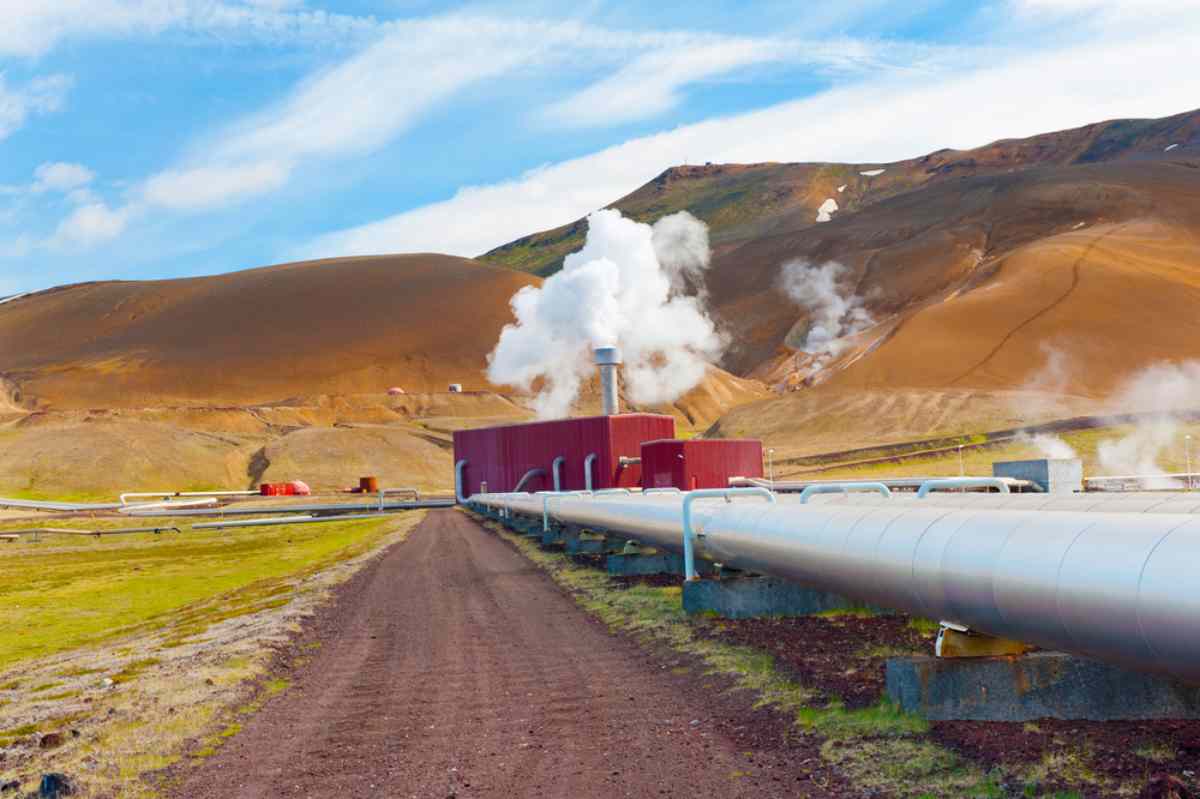
The Impact of Geothermal Energy in Iceland
Geothermal energy in Iceland has sparked a revolution, not just underfoot but across society. It's a job creator, an economy stimulator, and a guardian of energy security. This geothermal vigor has put Icelanders to work, from engineers to tour guides, all basking in the glow of a thriving industry.
Energy security? Check. The land of ice and fire has its own ceaseless supply, making blackouts as rare as a dull day in Reykjavik. And beyond its borders, Iceland's geothermal prowess has become its global calling card, exporting knowledge and expertise that others seek to emulate. It's a geothermal legacy that's as impactful at home as it is respected abroad.
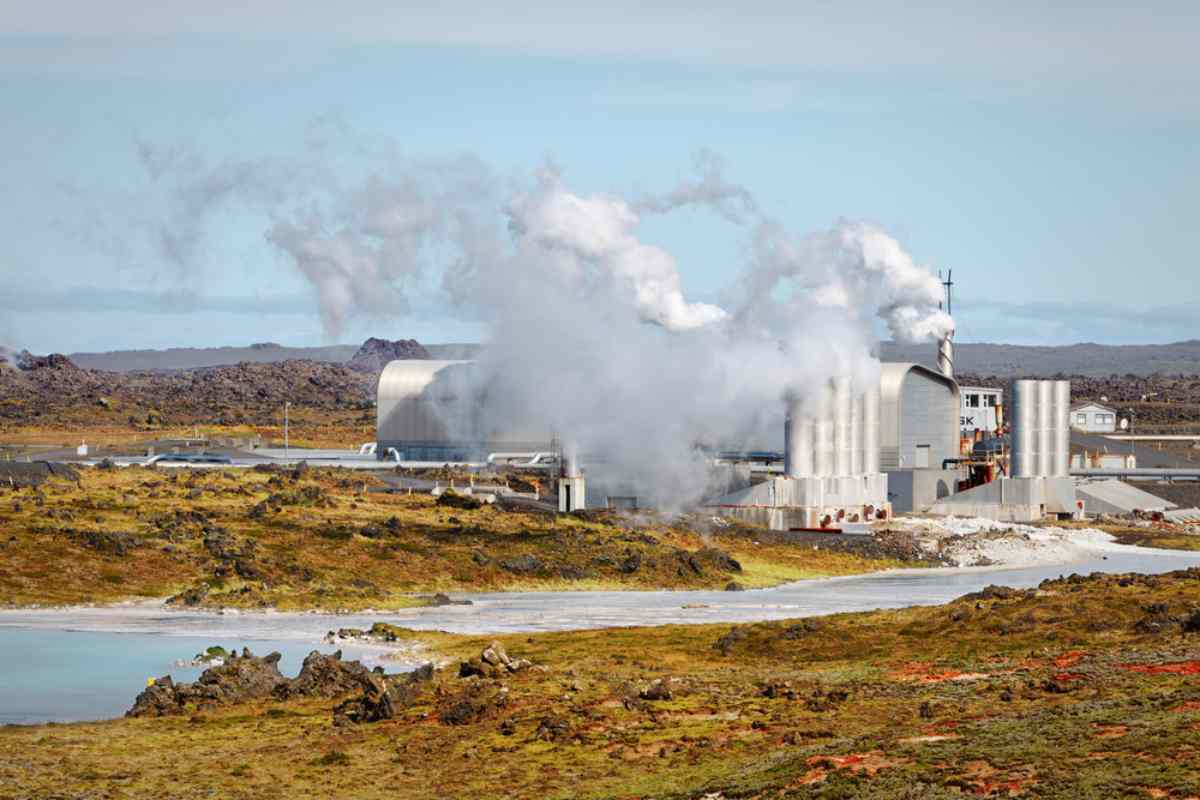
Iceland's Historic Use of Geothermal Energy
Long before Iceland's geothermal energy became a modern marvel, it was the island's natural spa, a communal hub for bathing and washing in the Viking age. Delving into Iceland's history, one finds tales of settlers who, centuries ago, revered the steamy springs for their warmth and healing virtues.
These traditional uses were just the beginning. As the wheel of time turned, so did the evolution of geothermal applications—from simple pools nestled in nature to complex networks of pipes and turbines.
Today, this progression has culminated in a sophisticated symphony of energy systems, showcasing a seamless blend of ancestral wisdom and cutting-edge technology.
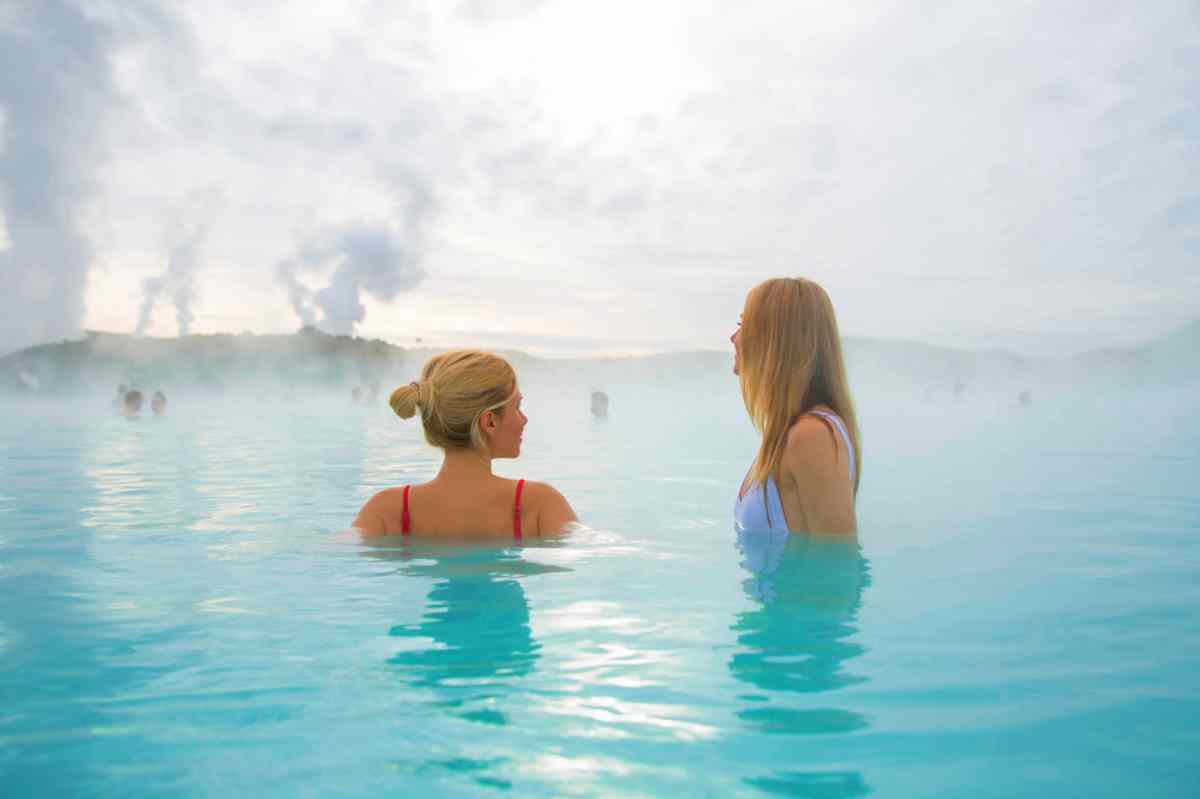
How Much of Iceland's Energy is Geothermal?
In the renewable energy symphony of this Nordic nation, geothermal energy in Iceland plays a leading role, contributing an impressive 66% to the country's primary energy use. It's a staggering figure that resonates with the power of the Earth's heat.
When it comes to electricity, geothermal sources are responsible for about 30%, with the rest predominantly coming from hydroelectric power. This geothermal dominance is a testament to Iceland's commitment to green energy, dwarfing the slivers of fossil fuels that once held sway.
In this land, the geothermal currents run deep, powering homes and industries alike and setting a global standard for renewable energy utilization, underscoring Iceland's role in the European Union as a leader in sustainable practices.
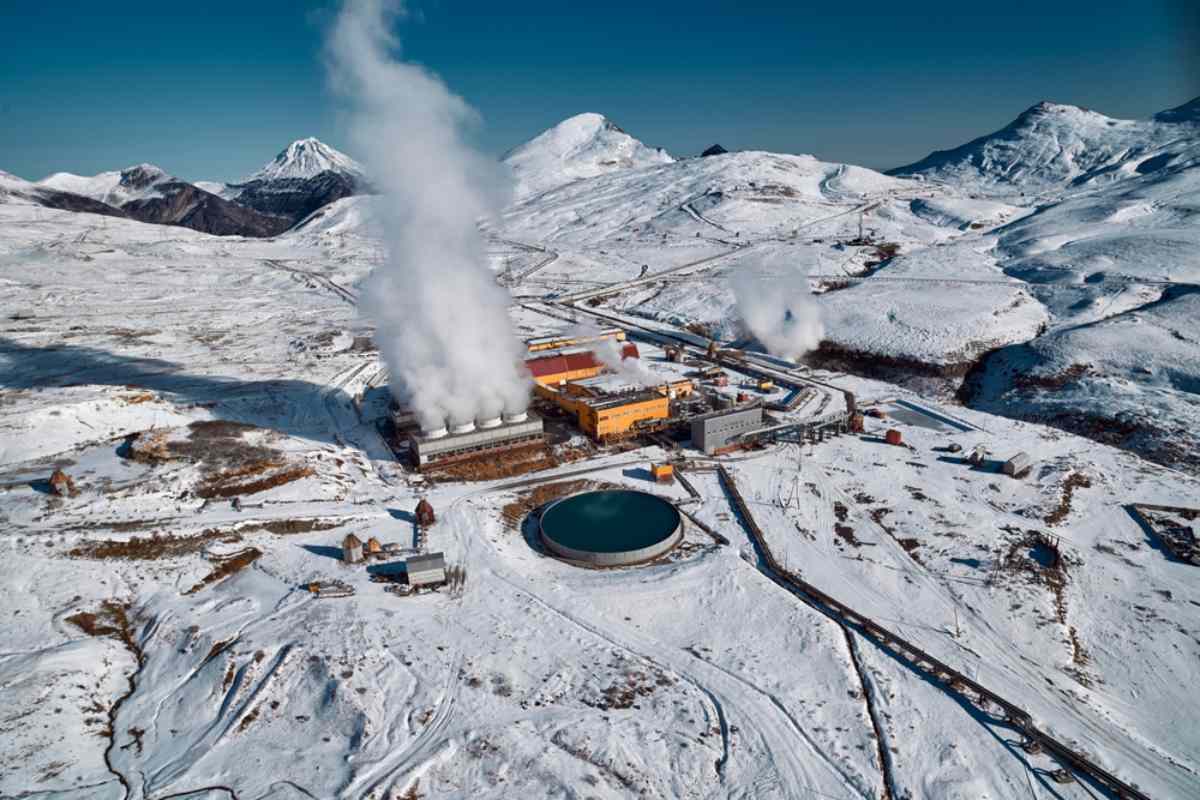
An Inside Look at Geothermal Power Plants in Iceland
Step into the world of Iceland's geothermal power plants, where innovation meets the primal forces of nature. These facilities are marvels of engineering, designed to harness the Earth's steam with minimal environmental footprint.
Picture vast arrays of pipes and turbines, all orchestrated to convert subterranean heat into usable energy. The crown jewels among them? The Hellisheiði Power Station stands as the titan, not just in Iceland but as one of the world's largest, a beacon of green ingenuity.
With cutting-edge technology, these plants are constantly pushing the boundaries, evolving with each geothermal breath the land offers and showcasing Iceland's role as a pioneer in renewable energy.
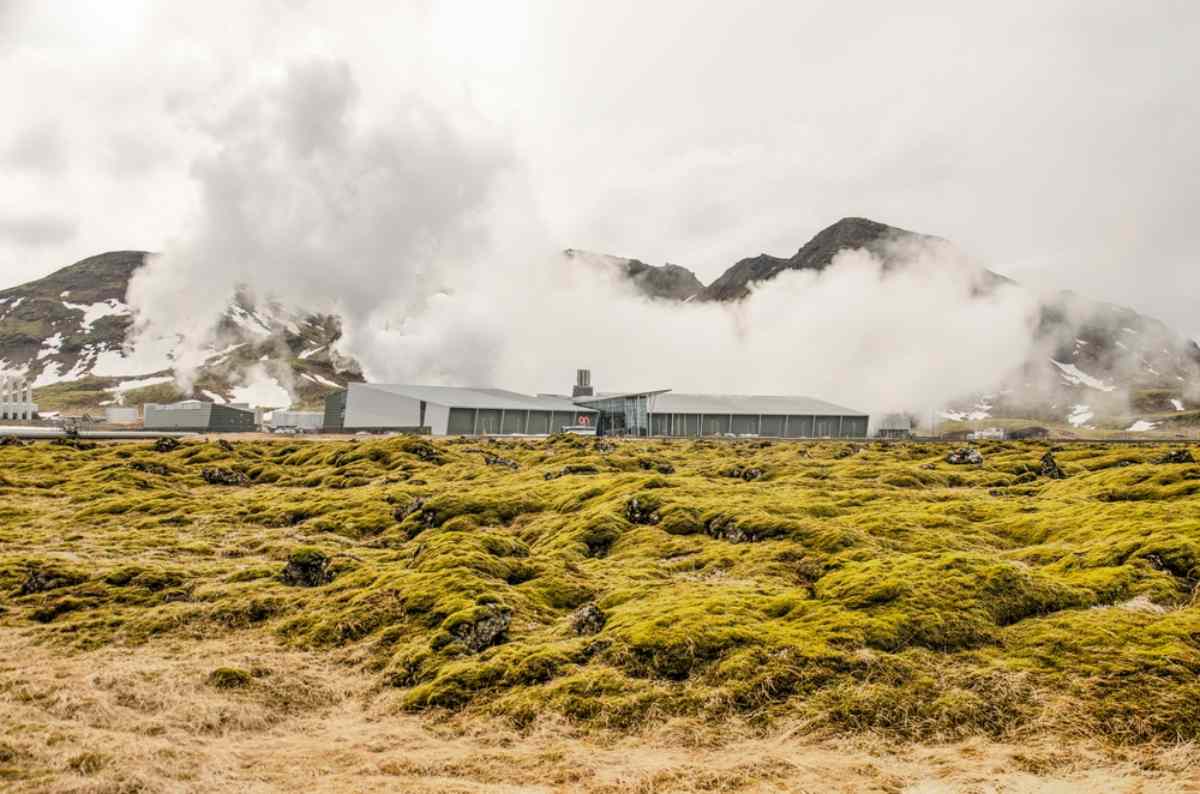
How Many Geothermal Plants Are in Iceland?
Iceland, the land where geothermal wonders abound, is home to six formidable geothermal power plants in Iceland. Each stands as a testament to the nation's commitment to renewable energy:
- Hellisheiði Power Station (303 MW): The powerhouse of the pack, Hellisheiði is a giant among geothermal plants, not just in Iceland but globally, harnessing the Earth's fury to light up tens of thousands of homes.
- Nesjavellir Geothermal Power Station (120 MW): Nestled near Thingvellir National Park, this plant is a blend of nature and technology, providing a substantial chunk of the capital's heating and electrical needs.
- Reykjanes Power Station (100 MW): At the tip of the Reykjanes Peninsula, this facility taps into the volcanic heartland, contributing significantly to the grid.
- Svartsengi Power Station (190 MW): Famous for powering the Blue Lagoon, Svartsengi is not just a power plant but a tourist attraction in its own right.
- Krafla Power Station (60 MW): Located in the north, Krafla stands resilient amidst lava fields and volcanic craters, a symbol of Iceland's indomitable spirit.
- Þeistareykir Power Station (90 MW): The newest addition, Þeistareykir, is expanding Iceland's geothermal frontier, showcasing the latest in geothermal technology.
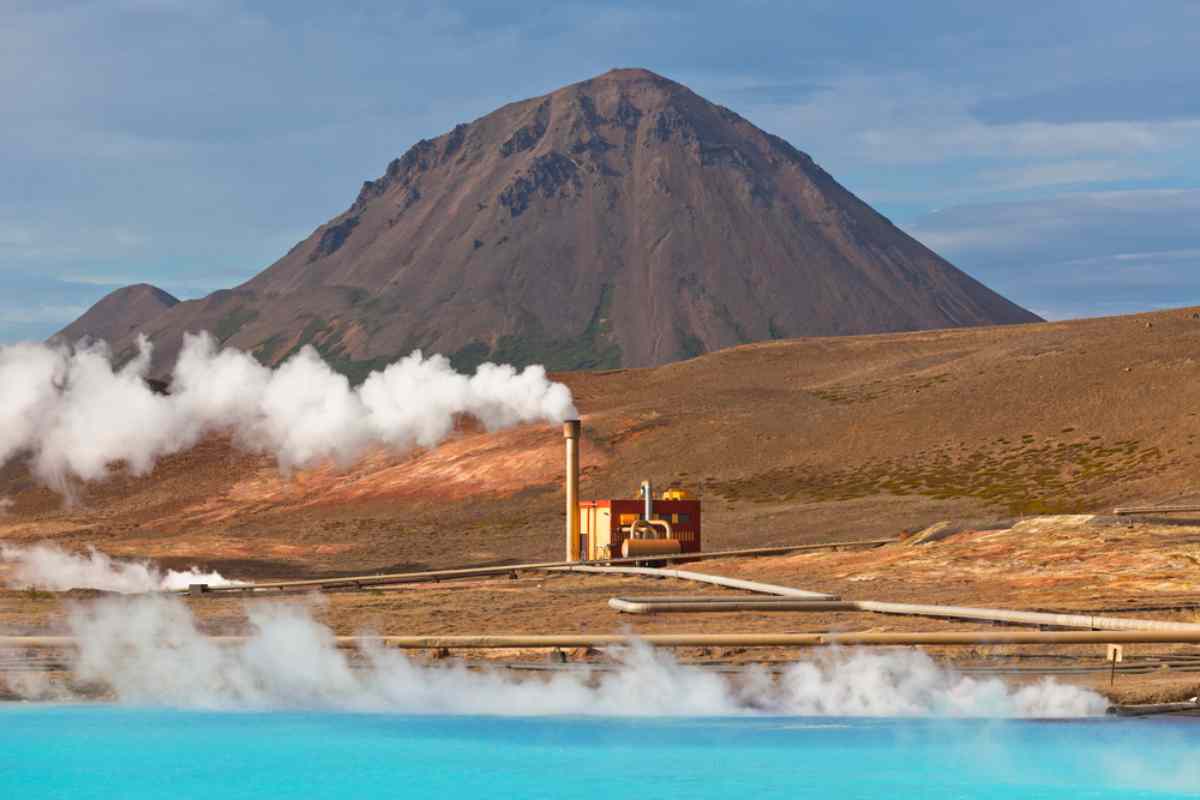
The Role of Geothermal Power Plants in Iceland's Energy Infrastructure
Geothermal power in Iceland is the backbone of the nation's energy infrastructure, a strategic asset that fuels the grid with clean, reliable energy. These power plants are not mere structures; they are the pillars that support Iceland's vision of a sustainable future.
Take the Hellisheiði Power Station, a case study in success, which not only lights up homes but also powers industries, all while cutting down carbon emissions. Then there's the Svartsengi Power Station, which goes beyond electricity generation to give life to the Blue Lagoon, marrying leisure with sustainability.
Each plant is a node in a network that ensures Iceland's energy independence and green leadership on the world stage.
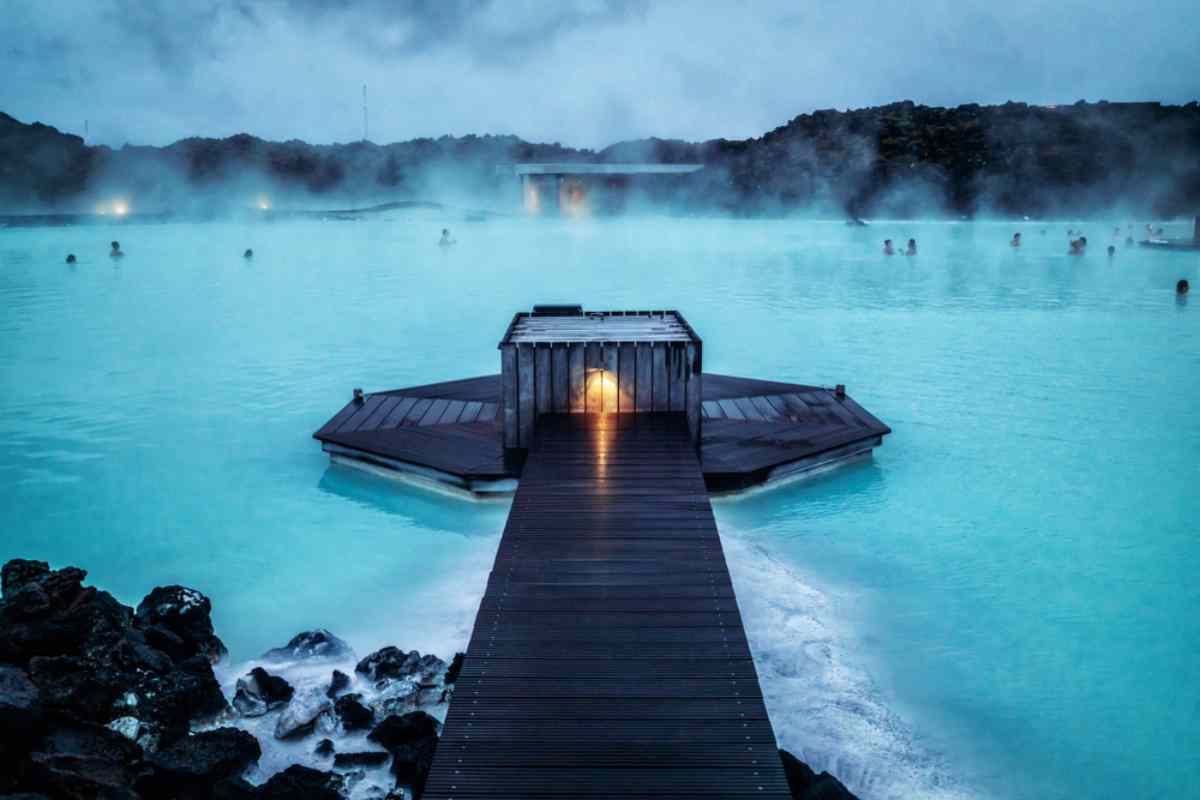
The Role of Geothermal Heating in Iceland
In the embrace of the Arctic chill, Iceland's geothermal heating stands as a beacon of warmth for its people. It's not just a feature but a fixture in Icelandic life, with the vast majority of residential and commercial buildings basking in the comfort provided by the Earth's own heat.
This isn't by chance but by design, thanks to an extensive infrastructure of district heating systems. These networks of pipes crisscross beneath cities and towns, channeling the geothermal bounty directly into homes and businesses.
It's a testament to Iceland's commitment to sustainable living, where every puff of steam and every drop of hot water is a gift from the ground below, harnessed to keep the hearth of every Icelander warm.
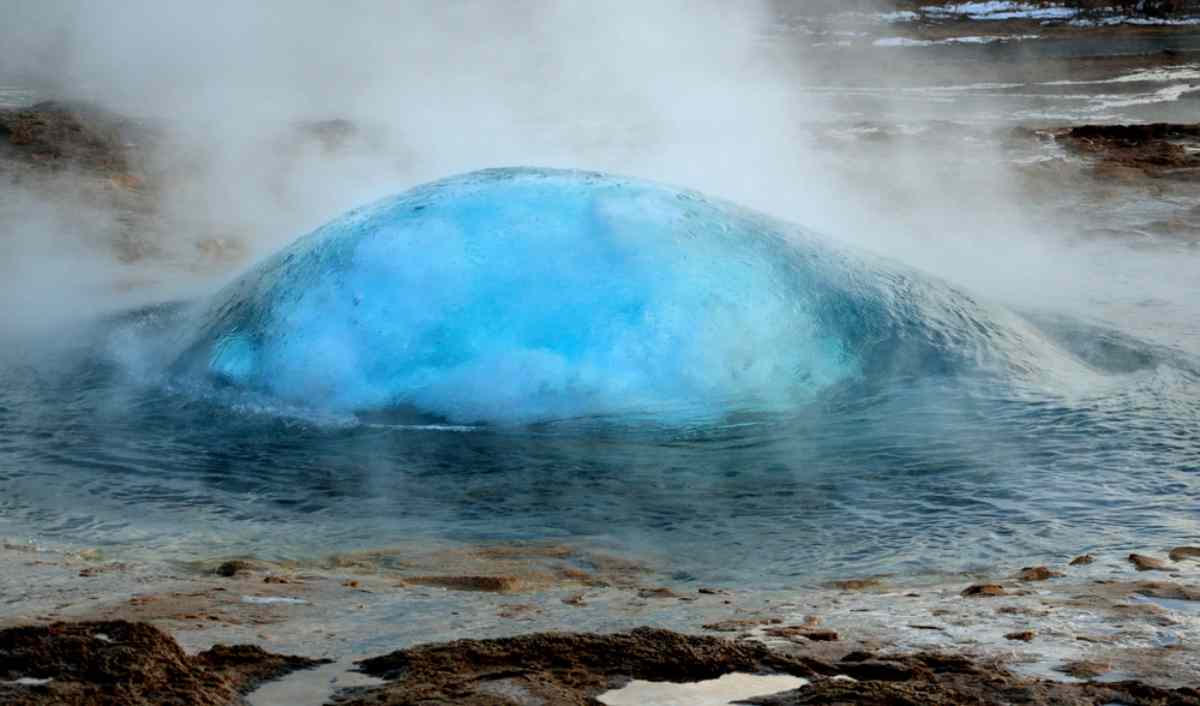
How Iceland Taps into Geothermal Heat
Geothermal heating in Iceland is a feat of ingenuity, where the island's volcanic might is transformed into communal comfort. Deep wells are drilled into the geothermal reservoirs to access scalding water and steam, which are then piped to heat exchangers.
Here, the geothermal heat is transferred to a clean water circuit that flows into the district heating system, warming homes without a wisp of smoke. The challenges? They're as tough as the terrain, from managing the corrosive waters to ensuring the sustainability of the heat source.
But with innovative solutions like re-injecting cooled water back into the Earth, Iceland not only overcomes these hurdles but also sets a global standard for green heating.
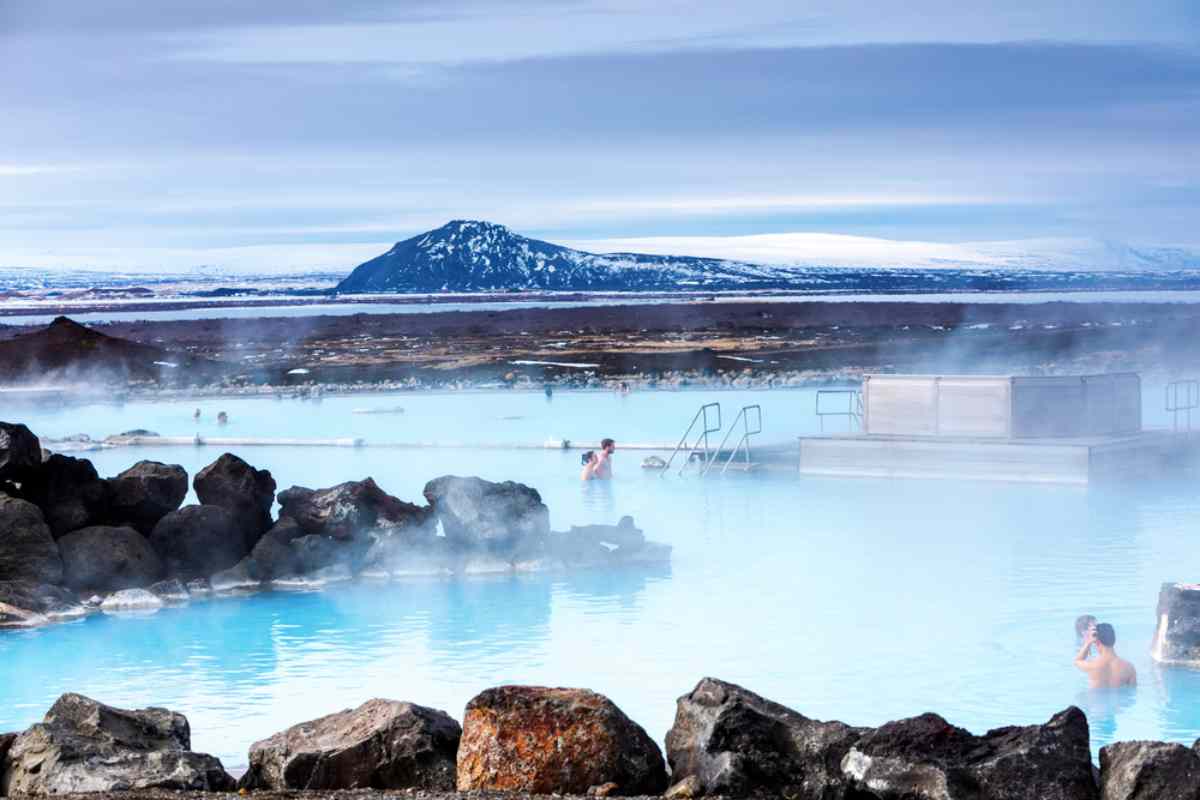
The Future of Geothermal Energy in Iceland
The horizon for Iceland's geothermal energy is as bright as the Northern Lights. With predictions pointing to an uptick in both usage and capacity, the future is steaming with potential.
Planned projects aim to expand the reach of geothermal power, bringing more of this clean, earth-sourced energy to an ever-growing number of users. On the innovation front, Iceland is not just on the map; it's charting new territories.
Research and development efforts are in full swing, focusing on enhancing efficiency and exploring deeper, hotter geothermal resources. These initiatives promise to unlock even more of the Earth's inner power, ensuring that Iceland's geothermal energy remains a global torchbearer of renewable excellence.
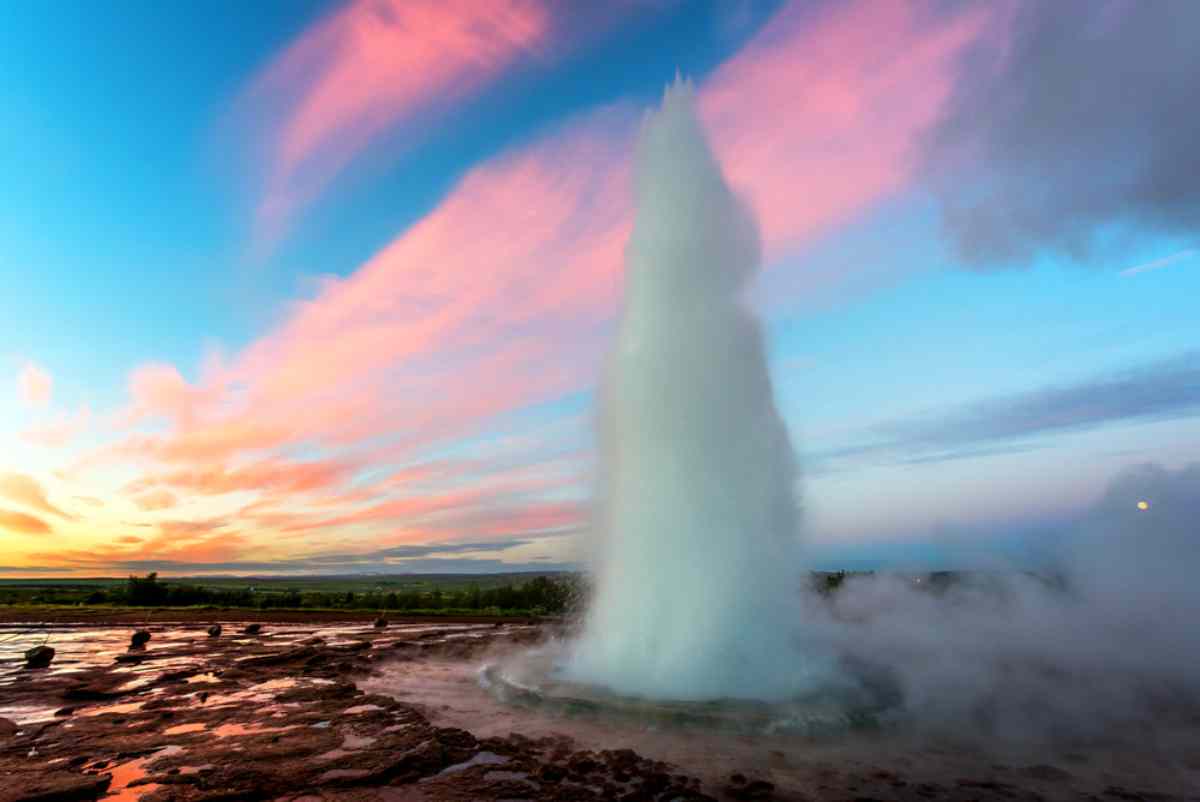
The Blue Lagoon: A Geothermal Wonder
The Blue Lagoon is not just a spa; it's a symbol of Icelandic geothermal prowess. This azure marvel was born from the operations of the nearby Svartsengi Power Station, where geothermal brine was released into the lava field, inadvertently creating this world-famous attraction.
As it gained fame, the Blue Lagoon became a cornerstone of Iceland's tourism, drawing visitors eager to soak in its mineral-rich waters. Its history is a narrative of serendipity and sustainability, evolving from a happy accident to a spa that epitomizes the harmony between leisure and the geothermal industry.
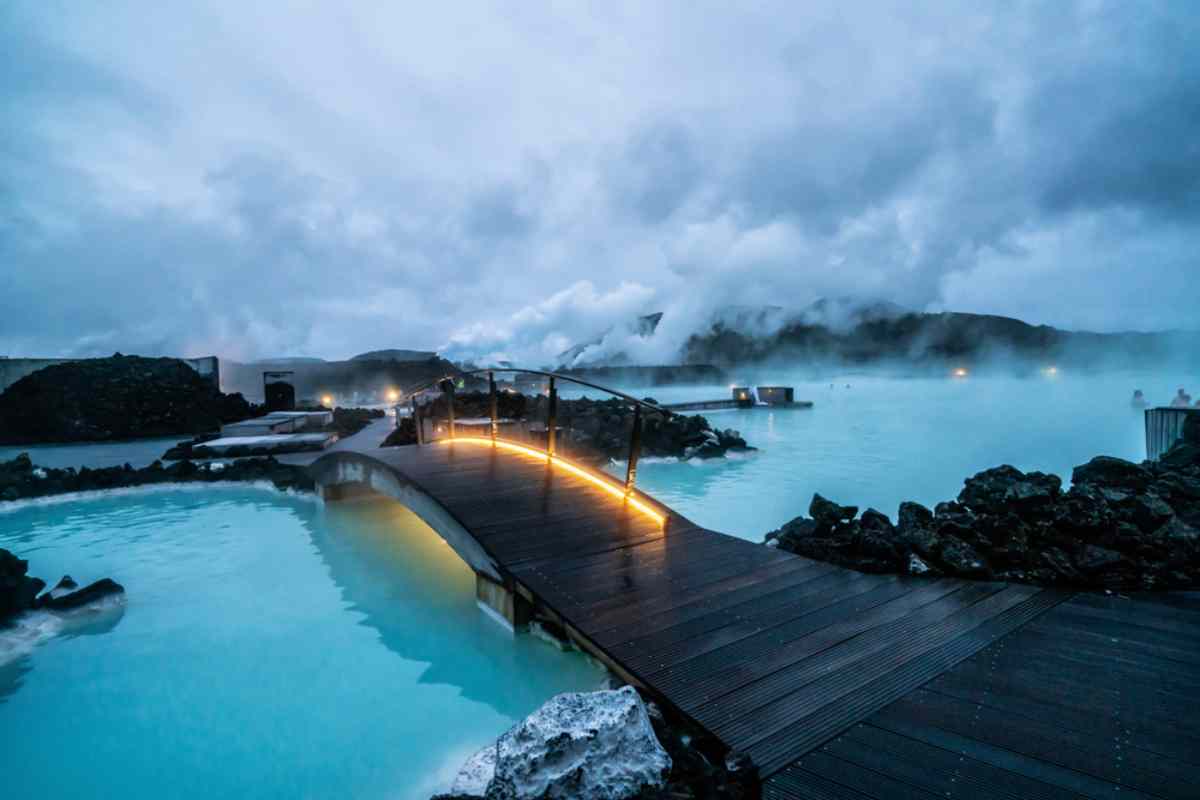
Other Geothermal Spas in Iceland
Beyond the Blue Lagoon, geothermal energy in Iceland fuels a constellation of lesser-known but equally enchanting spas, each a sanctuary harnessing the Earth's vitality:
- Myvatn Nature Baths: Offering a tranquil escape amidst the volcanic landscape of North Iceland, these baths are a haven for relaxation and rejuvenation.
- Laugarvatn Fontana: Here, healing steam rises from the geothermal bakery, and visitors can dip into the healing waters overlooking Lake Laugarvatn.
- Secret Lagoon in Fludir: A hidden gem that offers an authentic Icelandic soaking experience, set in a historic location that has been a bathing spot since 1891.
These spas are pillars of their communities, providing not just a tourist attraction but a source of wellness and a testament to the sustainable lifestyle. For a deeper dive into relaxation, explore the best Iceland spas, where the waters are as warm as the welcome.
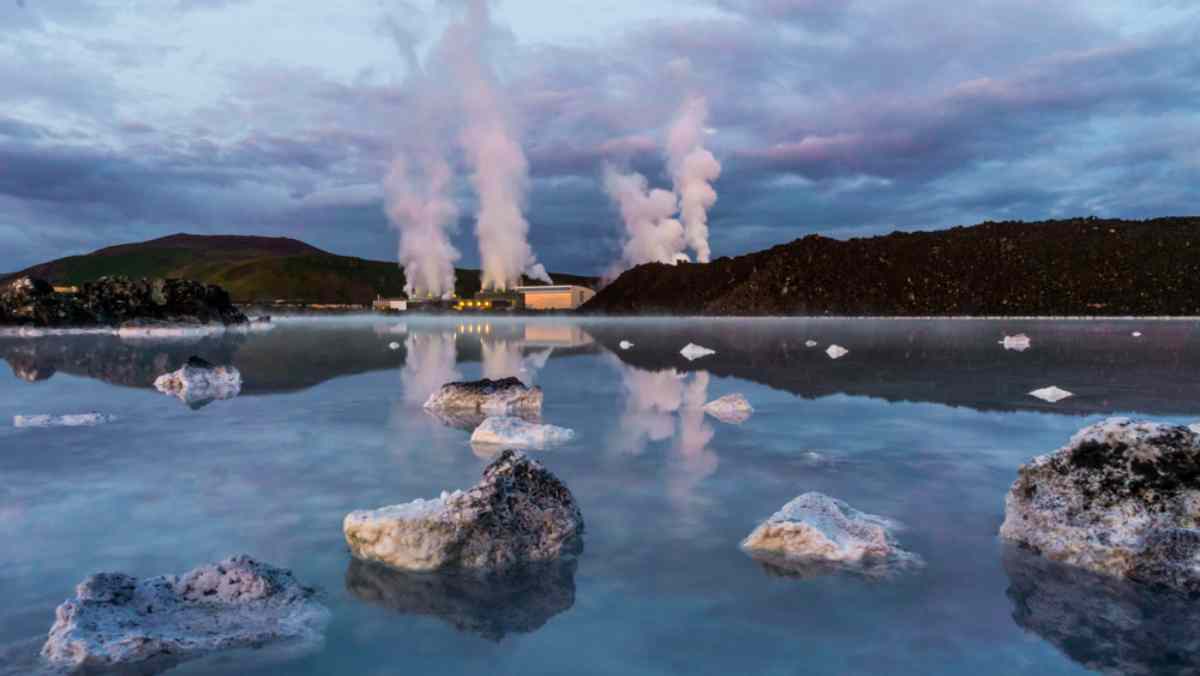
The Lasting Impact of Iceland's Geothermal Energy
As we've steamed through the wonders of Iceland's geothermal energy, we've seen how it powers homes, fuels industry, and bubbles up in blissful spas.
This renewable resource isn't just keeping Icelanders toasty; it's setting a sizzling example for the world. The future? It's looking hotter than a geothermal vent, promising even more innovation and sustainability.
So, if you're itching to see geysers and power plants that are too cool to be just hot, rent a car in Reykjavik. It's the best way to explore this geothermally charged island and experience the legacy of Iceland's geothermal energy firsthand.


 By
By


